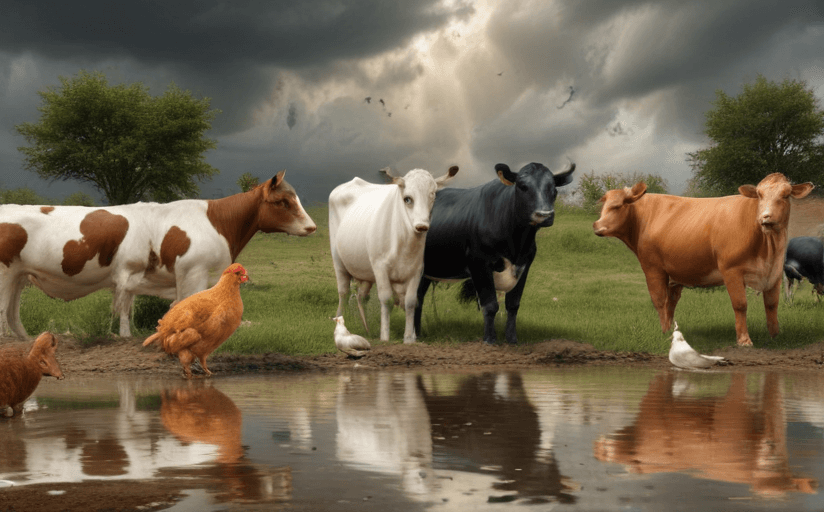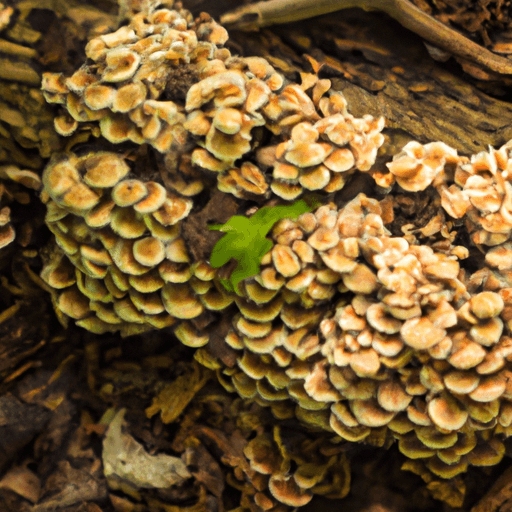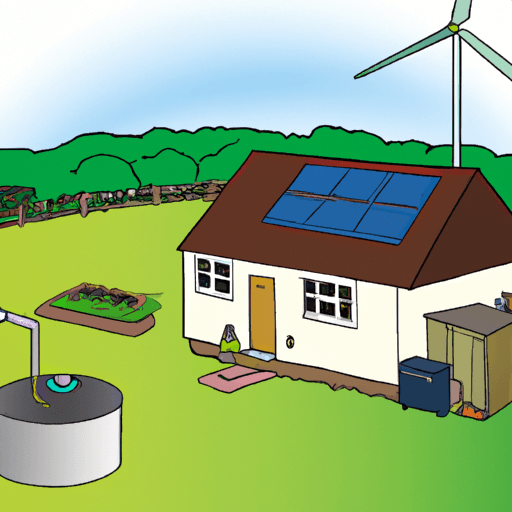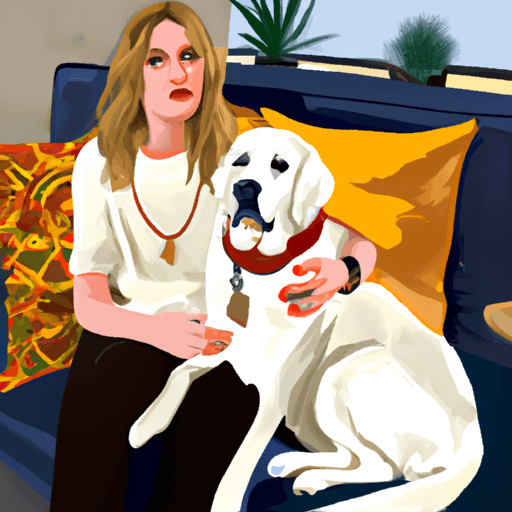Climate Change: A Dire Threat to Pets and Domestic Animals
Climate change has been an omnipresent issue, affecting ecosystems and creatures worldwide. Not just wild animals, but our pets and domestic animals are also susceptible to the profound impacts of changing weather patterns, rising temperatures, and increased natural disasters.
Repercussions on Health and Behavior
According to a study from the Science Direct, the increasing intensity and frequency of heatwaves can cause heat-related illnesses in pets and domestic animals. For instance, dogs with long or dense fur, like Huskies or Newfoundland, are particularly prone to overheating, potentially triggering heat stroke or heart problems.
Droughts, another byproduct of climate change, can lead to water shortages, affecting the hydration levels of these animals and making them more vulnerable to diseases. Natural disasters like hurricanes or floods can displace pets and domestic animals, leading to traumatic stress-related behaviors.
Potential Future Scenarios
The future scenarios appear even more worrisome. According to the Intergovernmental Panel on Climate Change (IPCC), if the global temperature continues to rise at the current pace, more blistering heatwaves and catastrophic weather events will occur, thereby threatening animals' survival.
Pet Owners And Agricultural Industries: The Role In Mitigation
Pet owners and agricultural industries have a significant role in safeguarding these creatures. Awareness about the impacts of climate change and understanding animals' specific needs in these changing circumstances are key.
Pet owners can contribute by ensuring that their pets stay hydrated especially during heatwaves. In areas prone to natural disasters, coming up with a family disaster plan, including a plan for pets can be helpful. Adopting smart agricultural practices like implementing heat stress management measures for livestock, can significantly reduce the vulnerability of farm animals.
Solutions and Strategies
Investing in research to develop heat-resistant breeds or create genetically modified animals capable of withstanding these changes, could also be a possible solution. It's also essential that policies are formed mandating the implementation of animal welfare standards, considering the projected changes in the climate.
Conclusion
While we can't entirely stop the impact of climate change on pets and domestic animals, we can significantly reduce its effects by taking the right measures. By acknowledging the role we play, and acting responsibly and collectively, we can provide a safer environment for our pets and domestic animals.



















Comments
Leave a Comment